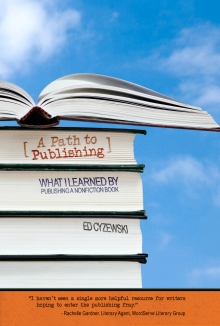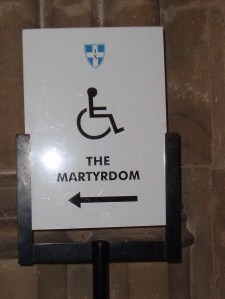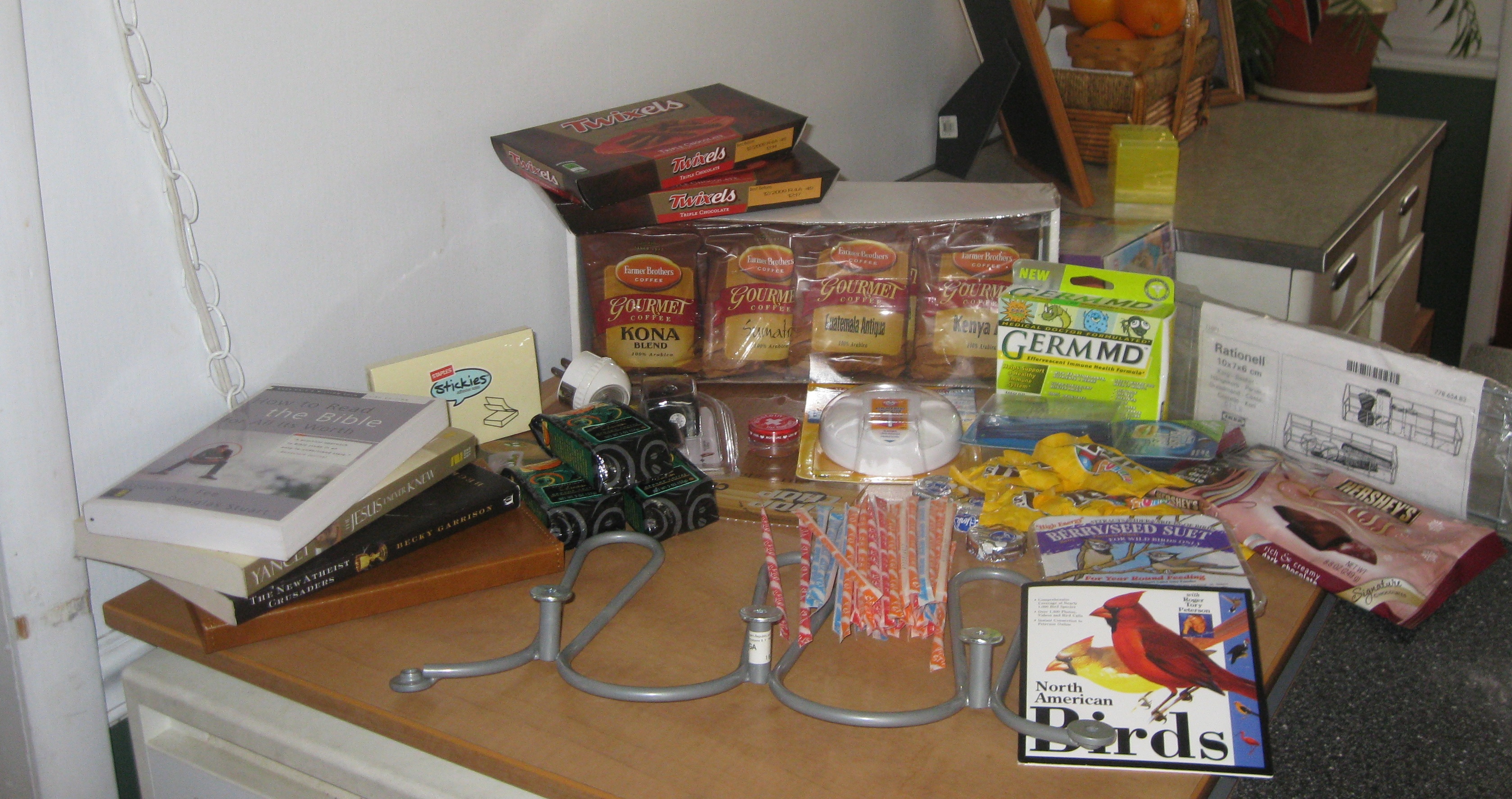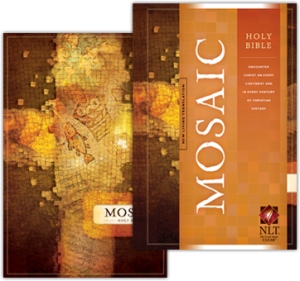
Interview with Ed Cyzewski
Author of A Pathway to Publishing ©2010
1. At the end of each chapter you give Action steps to help a writer move toward concrete goals. Is this what you did when you wrote, or do you wish you had done it? How important is this element?
It’s some of both. Most of the action steps are based on what I have found most helpful, but a few of them come from what I have learned from other writers and publishing professionals. I’ve had some wonderful guides throughout my brief career and they helped me take the right action steps along way, though sometimes I stumbled onto what worked best for me.
Beginning writers need to take themselves and their work seriously, and the best way forward is to take action. Whether it’s something as simple as reading the latest edition of a writing magazine (such as Poets & Writers, Writer’s Digest, or The Writer) or jotting down ideas for books and magazine articles, we all need to start somewhere.
2. Which part of the publishing process is a beginner most likely to overlook?
I think there are two things beginners can overlook. The obvious one is the degree to which writers must be able to market their work on their own, but the more subtle one is learning how to write a book that is both true to their vision for it and suited to a specific audience. I believe that getting into the heads of readers is one of the most challenging and important aspects of writing. There are a lot of writers who labor over manuscripts that will not connect with readers because they aren’t asking the questions that readers will be asking. I have made this mistake far too often myself.
3. From the start of your book, you tell readers to prepare for rejection. Aren’t you afraid you’ll scare them off?
I used to work at an art gallery, and I was in charge of the volunteers who returned work to artists after it was rejected by a jury. About a quarter of them acted surprised, outraged, and suspicious that their work was rejected. I’ve always thought they shouldn’t submit their work unless they are prepared to see it rejected, and that’s how I feel about writing. Publishing hopefuls should not try this unless they are prepared for editors to say “no,” reviewers to say “not quite,” and readers to say, “That book’s not worthy my $15.”
Handling rejection is a necessary and ordinary part of the business for every writer. Even Christian literary legend Fred Buechner shared at an event last year that his regular publisher rejected his latest book proposal. It never ends, but it does become easier to deal with. In addition, if you can keep the big picture of your writing career (and/or ministry) in view, then a few measly rejection letters aren’t too big of a setback. For a bit more about dealing with rejection, I have a series on it at www.edcyz.com.
4. Do writers really need literary agents in order to succeed?
Agents aren’t exactly required for everyone. I have a friend with a really influential blog, and he was offered a book deal based on this amazing series he posted. No agent necessary. However, for the vast majority of us hoping to secure a book deal with a major publisher, an agent is necessary. Most editors will not even look at a manuscript unless an agent sends it to them.
If you want to try publishing without an agent, keep in mind that you’ll probably make tons of mistakes, some of which may affect your bottom line, control over your material, and future works. One friend I know narrowly avoided legal trouble because of some misunderstood contract terms. I view agents as an insurance policy and as a first line of defense to make sure your proposal/manuscript is as bullet proof as possible.
5. You mention self-publishing as an option in this book, and the book itself is self-published. This has been thought to not be a legitimate form of publishing in the past. Is that still true, and what makes a self-published book succeed?
As far as legitimacy, let’s note the three major things publishers provide: editorial/design development, distribution/marketing, and authority. Today writers can hire their own editors, designers, and publicists, while selling through online sites instead of book stores. Most nonfiction writers won’t get in the door at a publisher without a marketing platform that will enable them to sell their books anyway.
If an author can make a legitimate case for writing a book and selling it to a specific niche, then I think it has a shot as a self-published work. Many authors are publishing commercially and self-publishing, but they are doing so with an established marketing platform and a degree of authority—Cory Doctorow and Seth Godin come to mind. I have spoken with one very well known editor at a major NYC publishing house who said, off the record, that self-publishing has lost its stigma for the most part. I don’t think self-publishing in and of itself is illegitimate. Authors who skimp on editorial development, design, and building their credibility are the ones who give self-publishing a bad name.
Let’s face it, book covers with clip art and tacky fonts are a tough sell. I hired my brother-in-law (www.joelinmotion.com) who is fresh out of Savannah College of Art and Design to put my cover together. He’s not a professional book designer, but he knows how to pick fonts and colors. The small investment I made in his help made a huge difference in the quality of the book in my opinion.
Having commercially published first, I can say that self-publishing involves a ton more work since you’re doing all of the little things yourself, such as book lay out, sending out press releases, and worrying about how your book appears at online sites. Since I can’t say this self-published book is a success yet, having just released it, I can’t quite answer this question definitively. However, I think the key to success, however you publish, is to market your work until you drop and to contribute to your community of readers.
6. First time writers don’t think too much about marketing their book. You seem to speak to that issue a lot. Was this a surprise to you, and what nuggets did you learn when you published?
I was blown away by how hard it is to sell books. The most effective way to sell books is in person. I’m a big fan of blogging and all that, but when you can hand someone your book and tell its story in 30 seconds, that person will most likely buy it. The personal connections you build online may be significant and may sell books, but selling it in person is quite effective. In addition, I’m a big believer in radio and podcast interviews, as well as online videos. Anything that helps readers make a personal connection with the author will be most effective because we’re all wondering, “Do I trust this person?” Think of the best ways you can answer that question, and that’s how you need to market. Having said all of that, writers need good web sites with stellar blogs in order to stay connected with their readers.
One other nugget is to begin thinking of every personal connection that can help you book speaking events. I find it really tough to find speaking engagements where I can talk about my books, and it can be hard to land events at book stores. Start thinking about this now. If you’re going the self-publishing route, keep in mind that many book stores will not want to host a self-published author, so think up some plan B options.
7. You offer lots of extra free goodies and resources for new writers, tell us about some.
I think most writers will benefit from the online marketing chapter that I listed online. It covers everything from setting up a web site and writing a blog to using social media. This is a good place to begin building a platform, even if your long-term goal is to integrate speaking engagements and radio/podcast spots. I also have a sample of the book available for those who aren’t convinced by my “brilliant” answers here.
There is a growing list of links at the Resource page, but a glitch in my blogging program erased about 90% of them. I’m adding them again, so keep dropping by there for suggested articles and books on publishing.
Lastly, my writing blog www.edcyz.com has a bunch of series that writers will find helpful. My latest series covers what I learned from the self-publishing process.
Thanks for hosting me on your site Lisa! Happy writing.
Ed





